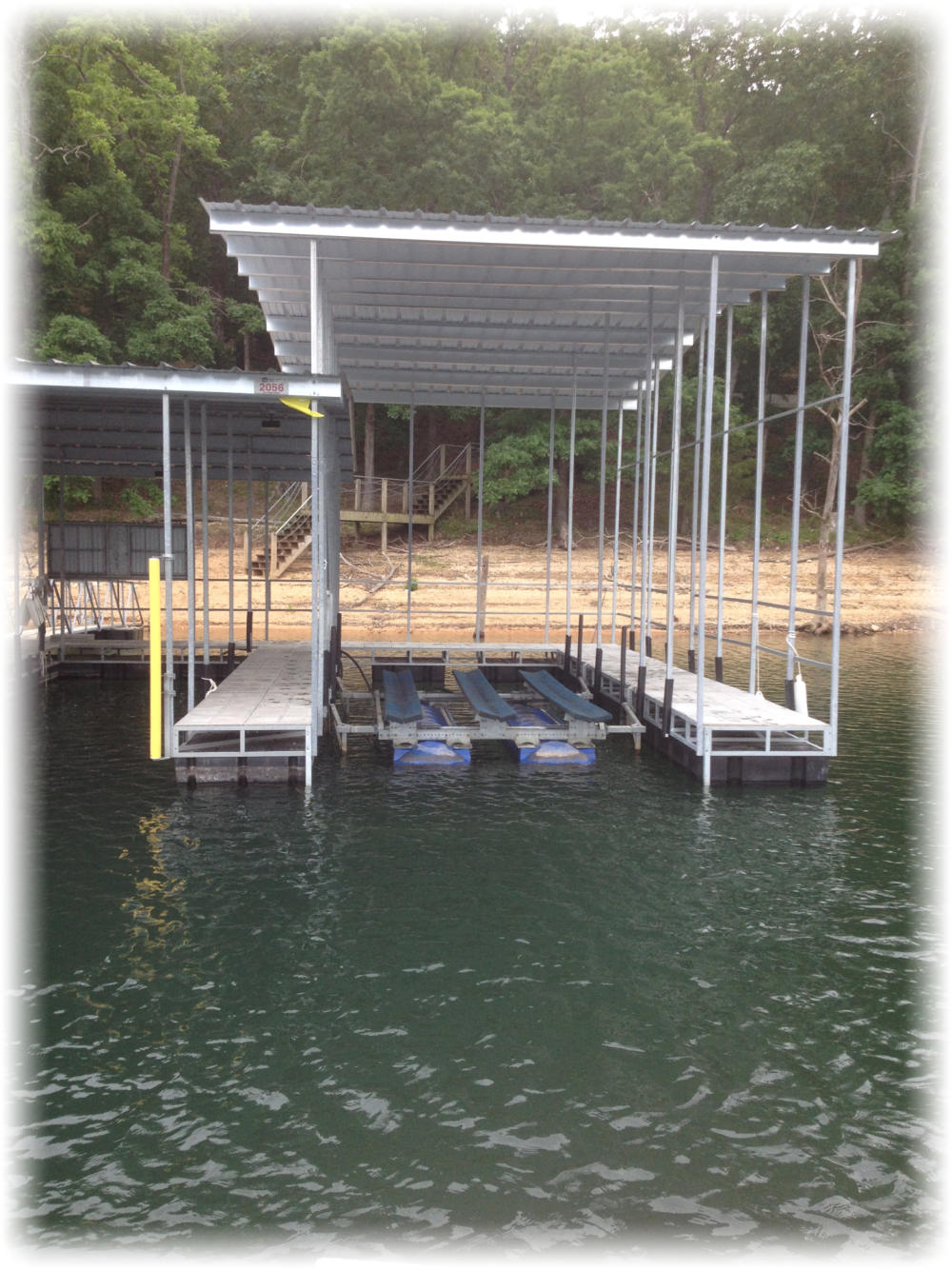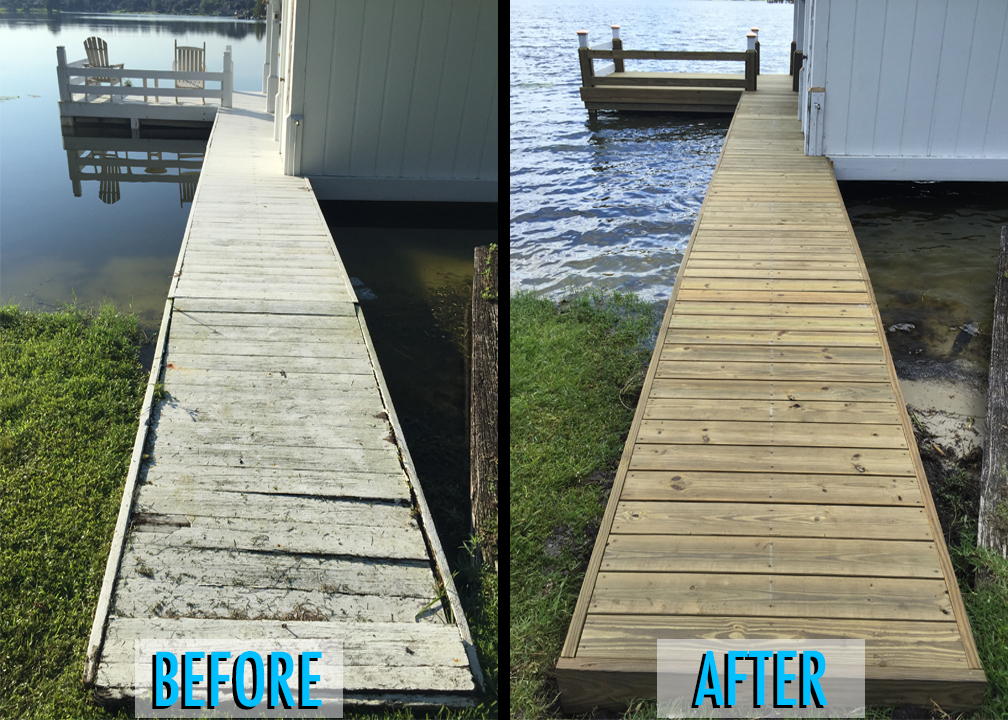Leading Indicators You Required Specialist Dock Repairs This Period
Leading Indicators You Required Specialist Dock Repairs This Period
Blog Article
Reliable Dock Repair Work Techniques: Ensuring Structural Honesty
Ensuring the structural integrity of docks through effective repair work methods is critical for the long life and safety and security of aquatic centers. Subsequently, picking the appropriate fixing products, such as corrosion-resistant alloys and composite products, is essential for toughness.
Examining Dock Damages
Assessing dock damages is a vital initial step in making certain the architectural stability and safety and security of any docking facility. Trick aspects to take a look at include the dock's structure, pilings, outdoor decking, and hardware (Dock Repairs).
Structural designers or certified inspectors generally perform these evaluations utilizing specialized devices and strategies. Underwater examinations may utilize sonar tools or from another location operated automobiles (ROVs) to find submerged damage. Above water, aesthetic assessments are enhanced by utilizing moisture meters and other analysis devices to uncover underlying issues not right away visible to the naked eye.

Deciding On Fixing Materials
Choosing the appropriate repair work products is a crucial step in the dock repair procedure, one that straight affects the longevity and performance of the fixed framework. Material option should be driven by factors such as ecological conditions, load-bearing needs, and compatibility with existing dock components. Timber is a typical choice for docks due to its natural durability and visual charm. Picking the appropriate kind of timber, such as pressure-treated lumber or normally rot-resistant varieties like cedar or teak, is essential to stand up to water atmospheres.
Along with wood, composite products are significantly preferred due to their toughness and low upkeep needs. Composites, generally made from a mix of plastic and wood fibers, use superb resistance to rot, insects, and UV damages. For steel docks, choosing corrosion-resistant alloys such as galvanized steel or marine-grade light weight aluminum is necessary to stop corrosion and make sure architectural integrity in saline water problems.
Epoxy resins and marine-grade sealants are vital for repairing fractures and securing joints, offering a water-proof barrier and improving the dock's total strength. By carefully choosing high-quality materials, dock repair services can achieve lasting outcomes, thereby protecting versus future destruction and making certain secure, trusted use.
Structural Support Techniques
Reliable architectural support methods are important in making certain the security and durability of dock repair work. This technique is especially effective for docks exposed to hefty tons or extreme ecological conditions.
One more important technique is the application of fiber-reinforced polymers (FRP) These materials offer high strength-to-weight proportions and superb resistance to rust, making them optimal for strengthening concrete or wood anchors. FRP can be applied in strips or sheets and bonded with epoxy materials to boost architectural stability.
Bracing and securing systems additionally play a critical function in structural reinforcement. Cross-bracing, making use of steel or wooden light beams, can neutralize lateral forces, lowering persuading and motion. Anchoring systems, such as helical piers or driven heaps, give a secure structure by transferring lots to much deeper, a lot more steady soil layers.
Last but not least, the assimilation of load-distribution plates can help disperse weight much more equally across the dock's surface area, reducing local stress factors. These techniques collectively make important source certain that docks continue to be durable and secure, capable of holding up against the rigors of their operational setting.
Advanced Repair Work Approaches

One more sophisticated method includes underwater welding, which enables repair work to be conducted without the need to dewater the area. This approach is specifically useful for resolving architectural issues in immersed dock parts, making sure marginal disruption to procedures. Improved welding strategies, combined with robotic systems, provide precision and dependability, thus expanding the life-span of the dock.
In addition, cathodic security systems are applied to avoid rust in metallic dock frameworks. By utilizing sacrificial anodes or pleased existing systems, these techniques efficiently mitigate the electrochemical procedures that bring about product degeneration.
Finally, progressed surveillance modern technologies, such as architectural wellness surveillance (SHM) systems, offer real-time information on the condition of dock frameworks. These systems allow aggressive upkeep and prompt interventions, ultimately making sure the long-lasting structural stability of the dock.
Maintenance and Prevention
Upkeep and avoidance are basic principles that underpin the long life and safety of dock frameworks. Routine examinations are paramount, enabling early detection of deterioration, potential weak points, and ecological impacts. A positive strategy, entailing regular checks for deterioration, rot, and structural shifts, mitigates expensive fixings and prolongs the dock's operational life.
Preventative measures must consist of applying protective layers to metal elements to secure against rust and utilizing cured timber to resist decay. In addition, making sure correct water drainage and ventilation can stop water buildup, which is an usual cause of structural deterioration. Including top quality materials and adhering to supplier guidelines during building and repair service stages additionally play essential functions in improving durability.

Training employees in dock check here upkeep ideal practices ensures consistent application of preventive procedures. Leveraging technical advancements, such as drones for assessments and sensing units for real-time tracking, can additionally improve maintenance efforts. By prioritizing maintenance and avoidance, dock owners can ensure structural stability, operational safety, and cost-effective management over the dock's life expectancy.
Final Thought
In final thought, preserving the structural integrity of aquatic centers demands comprehensive dock repair techniques. Extensive assessments making use of innovative devices uncover both visible and hid damages, while the option of proper repair products enhances durability. Implementing structural support methods addresses stress and anxiety factors efficiently. Advanced fixing techniques, paired with normal upkeep practices, make sure the dock remains functional and secure under diverse ecological conditions. Embracing these methods significantly lengthens the life-span and performance of marine infrastructure.
Ensuring the structural integrity of docks through effective repair techniques is critical for the durability and security of marine facilities.Selecting the suitable repair work materials is a critical step in the dock restoration process, one that straight affects the long life and efficiency of the fixed framework.Efficient structural reinforcement strategies are critical in ensuring the security and long life of dock fixings. By focusing on maintenance and prevention, dock owners can make certain architectural stability, operational safety, and cost-effective management over the dock's lifespan.
In final thought, official statement preserving the structural stability of marine facilities necessitates comprehensive dock fixing methods.
Report this page